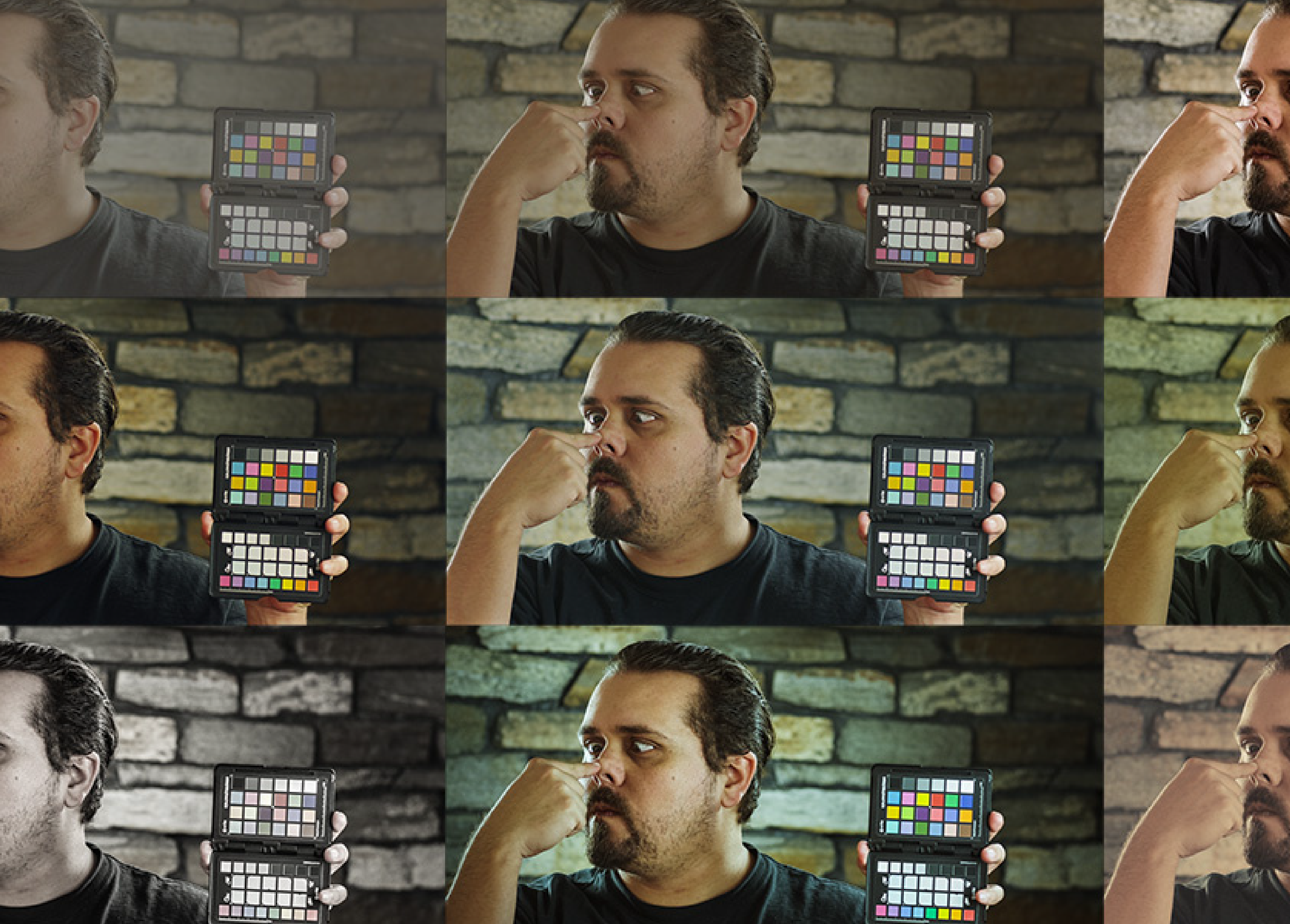
If you’re an experienced shooter or editor you know what a LUT is and all the wonderful vibrancy that comes with them or the desolate sadness they can provide. But if you are just breaking onto the scene you may not know the power of a LUT. First off, LUT stands for Look-Up Table and refers to the coloring that can be added to a shot or clip. When you add a LUT to the original files, amazing things can happen! Color grading is most often used to enhance the scene, evoke an emotion or convey a change in time. A LUT can allow for a preview of what could be after proper color grading occurs in post.

This image from Shadowhunters is a great example and shows you exactly which LUT was used, free LUT f-8700-V2-STD. There are many different free LUTs available from Blackmagic, Panasonic and many other awesome free LUT sites – we’ve just provided you with a few!
Another thing to remember is that different LUTs are appropriate for different cameras and color spaces. It is important to understand which is recommended. The blog, Understanding LUTs: Why One LUT can NOT fit all shots gives an indepth look at the different LUTs and their purposes, ie technical, creative and camera LUTs.

This example from Ryan Hayslett shows how different LUTs can affect the same shot, turning it from morning to night instantly.
So the best way I could think of to end this blog was with a cat video – but wait! It’s a cat video that does a great job explaining the different uses of LUTs and it’s from our good friends at Ground Control. #happygrading
